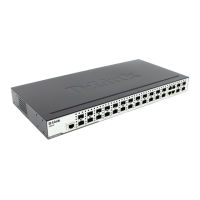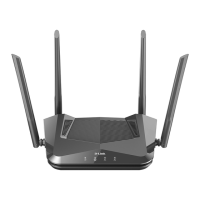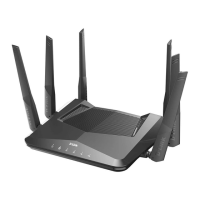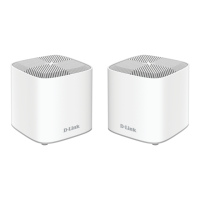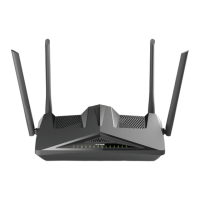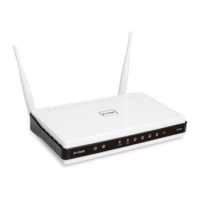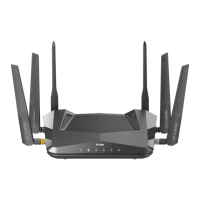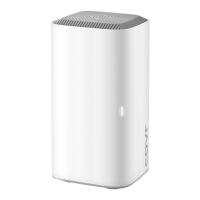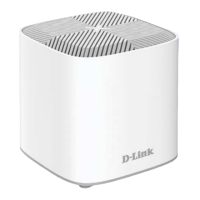xStack® DES-3200 Series Layer 2 Managed Fast Ethernet Switch
62
To view the following window, click L2 Features > VLAN > MAC-based VLAN Settings, as show below:
Figure 4-12 MAC-based VLAN Settings
The fields that can be configured are described below:
Parameter Description
Select this option and enter the VLAN ID.
Select this option and enter the VLAN name of a previously configured VLAN.
Click the Find button to locate a specific entry based on the information entered.
Click the Add button to add a new entry based on the information entered.
Click the View All button to display all the existing entries.
Click the Delete All button to remove all the entries listed.
Click the Delete button to remove the specific entry.
Enter a page number and click the Go button to navigate to a specific page when multiple pages exist.
PVID Auto Assign Settings
Users can enable or disable PVID Auto Assign Status. The default setting is enabled.
To view the following window, click L2 Features > VLAN > PVID Auto Assign Settings, as show below:
Figure 4-13 PVID Auto Assign Settings window
Click the Apply button to accept the changes made.
VLAN Trunk Settings
Enable VLAN on a port to allow frames belonging to unknown VLAN groups to pass through that port. This is useful
if you want to set up VLAN groups on end devices without having to configure the same VLAN groups on
intermediary devices.
Suppose you want to create VLAN groups 1 and 2 (V1 and V2) on devices A and B. Without a VLAN Trunk, you
must first configure VLAN groups 1 and 2 on all intermediary switches C, D and E; otherwise they will drop frames
with unknown VLAN group tags. However, with VLAN Trunk enabled on a port(s) in each intermediary switch, you
only need to create VLAN groups in the end devices (A and B). C, D and E automatically allow frames with VLAN
group tags 1 and 2 (VLAN groups that are unknown to those switches) to pass through their VLAN trunking port(s).
Refer to the following figure for an illustrated example.
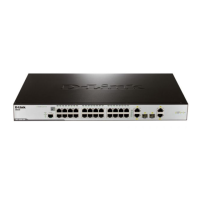
